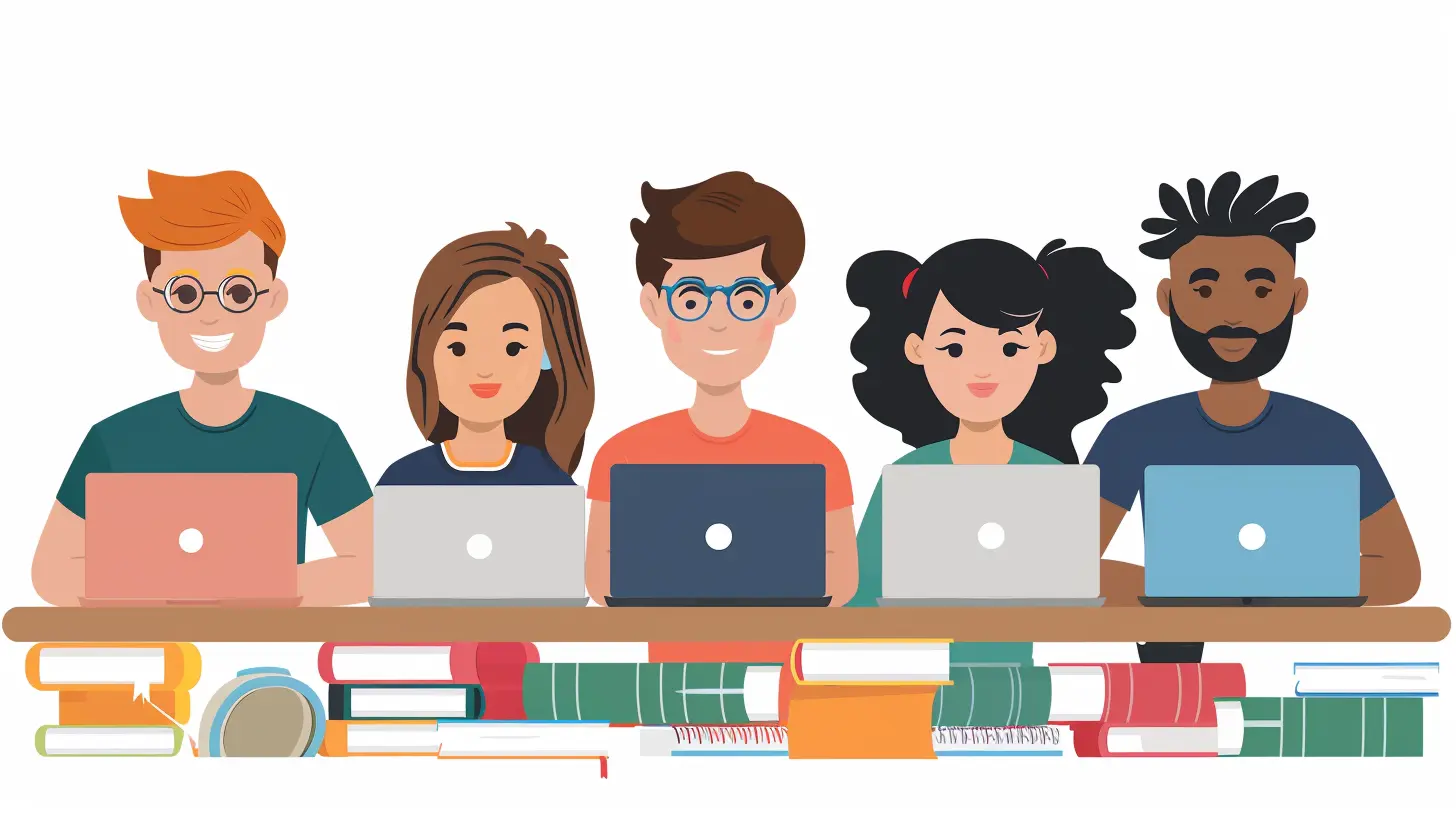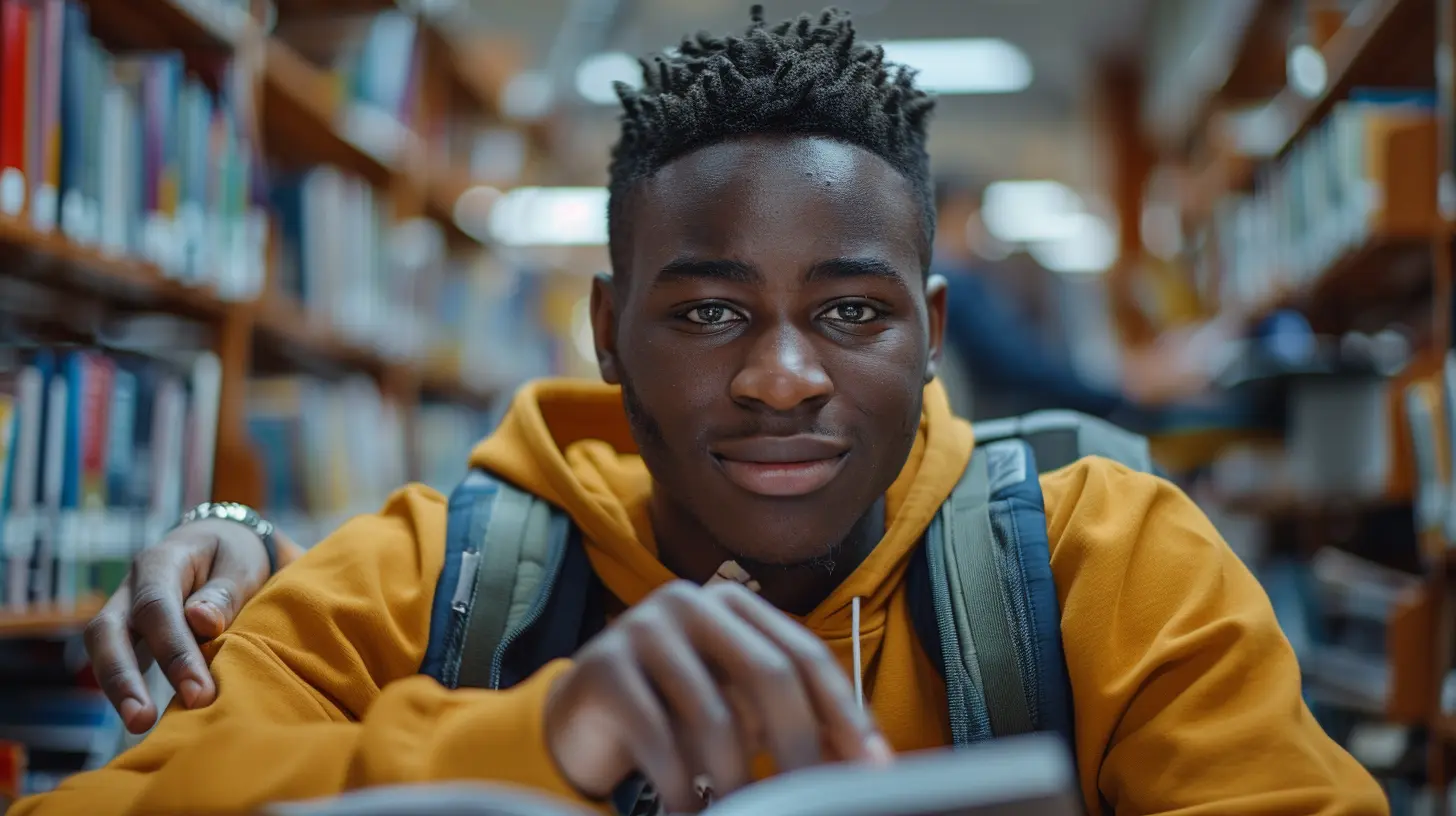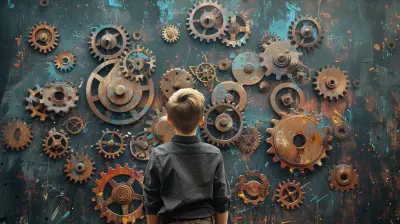Breaking Barriers: How Technology is Making Education More Inclusive
24 June 2025
Technology has this incredible superpower—it levels the playing field. And when it comes to education, that power can be absolutely transformative. Whether you're a student with a disability, someone living in a remote area, or simply someone who learns a little differently than others, modern technology is tearing down the walls that used to hold learners back.
In this article, we're diving deep into how tech is breaking barriers in education and making it more inclusive for everyone. Grab a cup of coffee (or tea, if that’s more your style) and let’s break this down together.

What Does Inclusive Education Really Mean?
Before we geek out over all the tech tools and innovations, let’s first understand what inclusive education is all about. Simply put, it's the belief that every learner—regardless of ability, background, language, or geography—deserves an equal shot at quality education.Inclusive education isn't just about physical access to classrooms anymore. It means ensuring access to content, participation, and opportunities. And guess what? Technology plays a massive part in making that a reality. When used right, tech doesn’t just supplement education—it transforms it.

The Big Picture: Why Inclusion Matters
Let’s face it—education shouldn’t be one-size-fits-all. We’re all wired differently. Some of us are visual learners, others are more hands-on. Some students face learning disabilities, others might struggle with language barriers, and many simply don’t have access to traditional educational resources.Tech is helping bridge those gaps. It empowers individuals who were once left behind to not only catch up but thrive.
So, how exactly is this happening? Let’s break it down.
1. Assistive Technology: Giving Every Student a Voice
Imagine trying to complete a school assignment without being able to type, see, or hear. Sounds challenging, right? That’s the reality for millions of students. But assistive technology is changing the game.Text-to-Speech and Speech-to-Text Tools
Tools like Microsoft’s Immersive Reader, NaturalReader, and Google’s Voice Typing let students who struggle with reading or writing still show what they know—just in a different way. These tools convert text into audible speech or transcribe spoken words into typed text. It’s like having a built-in translator for your brain!Screen Readers and Magnifiers
For students with visual impairments, screen readers (like JAWS or NVDA) and magnification software can help them navigate digital content just like anyone else. These tools read text aloud or make it larger, ensuring no one misses out just because they can’t see the screen the same way.Alternative Input Devices
Not everyone can use a standard keyboard and mouse. That’s where tools like eye-tracking systems, adaptive keyboards, and even sip-and-puff devices step in. They let students control a computer using movements or breath—how cool is that?
2. Online Learning Platforms: Breaking Down Geographical Barriers
Remember the days when you had to be physically present in a classroom to learn something? Yeah, those days are behind us.Virtual Classrooms
Thanks to platforms like Zoom, Microsoft Teams, and Google Meet, students can now attend classes from literally anywhere in the world. Got Wi-Fi? You’re good to go. This is especially game-changing for students in rural or underserved areas.Learning Management Systems (LMS)
Google Classroom, Canvas, Moodle—these platforms allow teachers to share resources, grade assignments, and hold discussions all in one space. It creates a central hub of learning that’s accessible 24/7.Self-Paced Learning
This one’s big. Not everyone learns at the same speed, and online courses often let students pause, rewind, or revisit content whenever they need to. That flexibility makes learning way less stressful and way more inclusive.3. Artificial Intelligence: Personalizing the Learning Experience
AI might sound like something straight out of a sci-fi movie, but it’s already deeply rooted in education—and doing wonders.Adaptive Learning Systems
Imagine having a private tutor who understands exactly what you struggle with and adapts lessons in real-time. That’s what systems like DreamBox or Smart Sparrow do. They use algorithms to tailor content and pace based on individual performance.Language Translation Tools
Ever used Google Translate to understand a different language? Now imagine integrating that into a learning platform. Students worldwide can now access content in their native languages, breaking down linguistic walls.Predictive Analytics
Schools and universities are using AI to predict which students may be struggling and intervene early. It’s like having a safety net that catches you before you fall.4. Mobile Technology: Learning on the Go
Let’s be honest—almost everyone has a smartphone these days. And that tiny device? It's a powerful educational tool.Educational Apps
Apps like Khan Academy, Duolingo, and Coursera bring high-quality learning right to your fingertips. Whether you’re in a city or a remote village, you can learn anywhere, anytime.Offline Access
Platforms are starting to offer offline modes too, which is a blessing for places where internet access isn’t reliable. Now students can download lessons when they have a connection and study without interruption.5. Gamification: Making Learning Fun and Engaging
Not every student thrives in traditional learning setups. Some need a little fun and excitement to stay engaged—and that’s where gamification comes in.Learning Through Play
Apps and platforms like Kahoot!, Quizlet, and Classcraft turn lessons into games, quizzes, and challenges. It’s learning disguised as fun, and it helps draw in students who might otherwise feel bored or left out.Reward Systems
Badges, points, and leaderboards encourage participation, especially for students who need positive reinforcement. It’s like turning the classroom into a friendly competition.6. Virtual and Augmented Reality: Immersive Learning Experiences
VR and AR aren’t just for gamers anymore—they’re stepping into classrooms and shaking things up.Experiential Learning
Imagine walking through ancient Rome or exploring the inside of a human heart—all without leaving your seat. VR headsets and AR apps make it possible, giving students a deeper, more interactive learning experience.Inclusion for Students with Disabilities
Students who may not be able to go on physical field trips can still “travel” and explore through virtual experiences. It’s more than just cool tech—it’s about opening doors.7. Data-Driven Insights: Making Smarter Decisions
With digital tools, educators now have access to tons of data. But the magic lies in how they use it.Tracking Progress
Platforms can now show detailed progress reports that highlight strengths and weaknesses. Teachers can use this info to support students more effectively.Customized Interventions
No more guesswork—data helps identify which students need help and what kind of support would work best. That’s a real boost for inclusivity.8. Open Educational Resources (OER): Access to Free Knowledge
Education shouldn’t come with a price tag that leaves students in debt before they even start their journey.Free Access to Quality Content
Platforms like Khan Academy, OpenStax, and MIT OpenCourseWare are giving students around the world access to top-notch content at zero cost. It’s leveling the academic playing field in a big way.Collaborative Learning
OER materials are often editable, meaning teachers can adapt them to meet the specific needs of their students. That flexibility is golden when you're aiming for inclusivity.Real-Life Stories: Technology Making a Difference
Let’s make all this tech talk real. Here are a couple of inspiring examples:- Maria, a high school student with dyslexia, struggled with reading comprehension until her school provided her with access to text-to-speech tools. Now she’s top of her class in history.
- Ravi, from a small Indian village, taught himself to code using free YouTube tutorials and open-source platforms. Today, he’s a freelance developer working on global projects.
Technology didn’t just support their education—it unlocked their potential.
The Road Ahead: Challenges and Considerations
Sure, tech is amazing, but let’s not pretend it's perfect.- Accessibility Gaps: Not every student has access to devices or the internet.
- Training for Educators: Teachers need training to use tech effectively.
- Privacy Concerns: More data means more need for secure systems.
But those are challenges we can—and must—overcome. Because the end goal is too important: equal education for all.
Final Thoughts: The Future Is Inclusive
We've come a long way, but there's still work to do. The good news? We're going in the right direction.Technology, when harnessed with empathy and intention, has the power to make education not just available—but accessible, personalized, and meaningful for everyone. Whether you’re a student, a teacher, or just someone who believes in equal opportunities, this is a movement worth being part of.
So, are you ready to be a part of this change?
all images in this post were generated using AI tools
Category:
Innovation In EducationAuthor:

Olivia Lewis
Discussion
rate this article
2 comments
Martha Benton
This article beautifully highlights the transformative power of technology in education. It's heartening to see how these innovations can break down barriers, ensuring every learner feels valued and included. Together, we can create a brighter future for all.
October 26, 2025 at 1:28 PM

Olivia Lewis
Thank you for your thoughtful comment! I'm glad you found the article inspiring and agree on the importance of inclusive education through technology.
Presley Mathews
This article highlights the vital role technology plays in creating inclusive educational environments. By embracing diverse tools and approaches, we can empower all learners. It would be great to see examples of successful implementations in different educational settings!
July 9, 2025 at 2:31 AM

Olivia Lewis
Thank you for your insightful comment! I appreciate your interest in examples of successful implementations—I'll consider adding those in future discussions.


